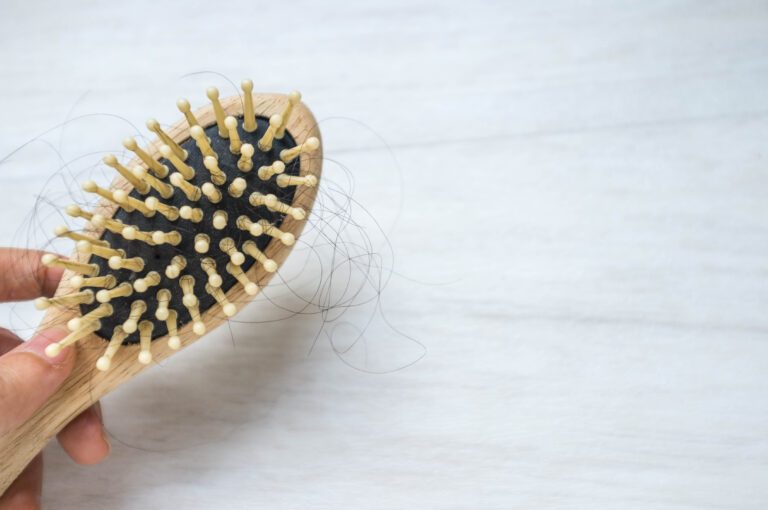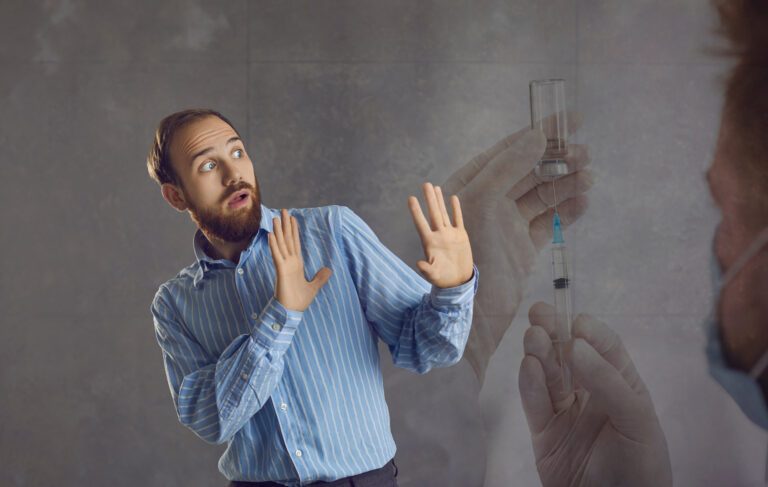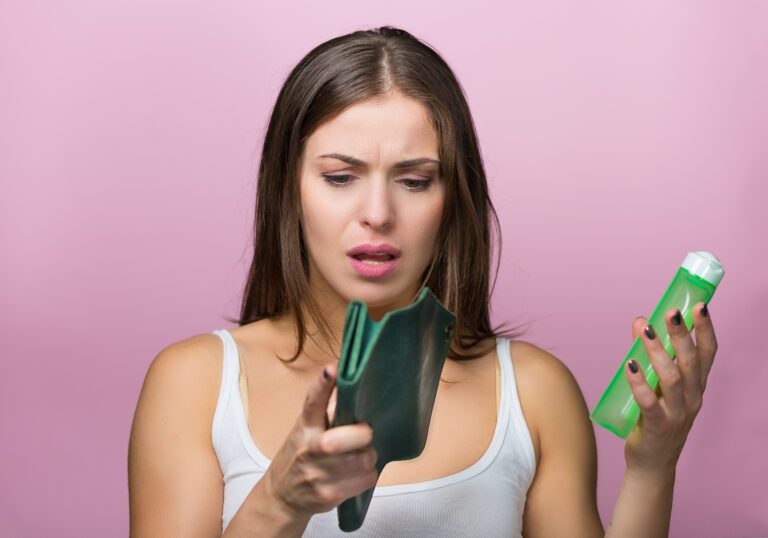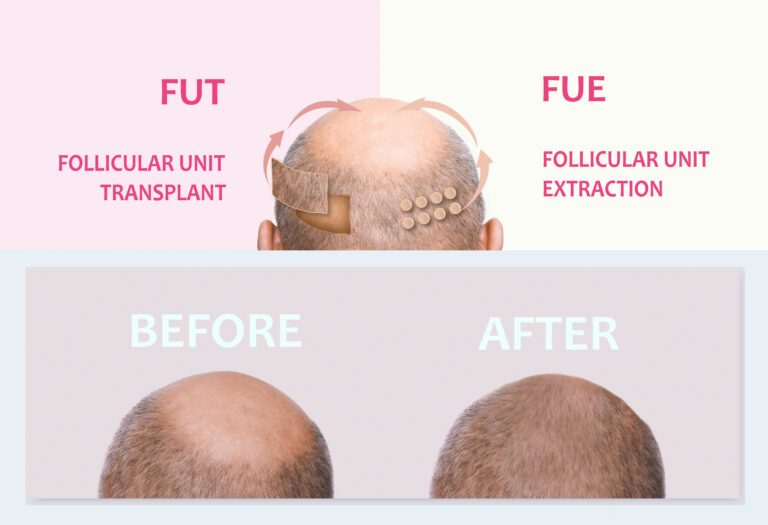Minoxidil Foam Vs. Liquid: Which Is Better For Hair Loss?
Did you know that the highly effective hair loss medicine; Minoxidil, was not formulated to address dermatology-related issues?
The magic medicine considered the industry standard in hair growth, was actually intended to cure hypertension.
The doctors observed that patients who used that medicine often reported a sudden improvement in their hair. Since then, Minoxidil took a detour from cardiology to dermatology. Consistent satisfaction with the results drove an increased production of this hair treatment.
There are currently several forms of Minoxidil that people can choose from. Topical forms and tablets compete for consumers’ preferences. Even within the subcategory, you might mentally compare the perks of using Minoxidil foam vs. liquid.
Here’s everything you need to know.
So Which Is Better: Rogaine Foam or Liquid?
Minoxidil is commonly used to treat androgenetic alopecia, also known as male pattern baldness. It has a success rate exceeding 85% for slowing down hair loss when a 5% solution is applied daily for 12 months.
Rogaine produces various forms of Minoxidil providing users with a wide selection of application methods.
The most popular products are Rogaine Foam and Rogaine Topical Solution. If you’re about to start Minoxidil treatment, you might wonder which is better. Here are some points to consider.
- Ease of use
- Efficacy
- Price
- Availability
- Dosage
- Side effects
You can assess all these factors, and choose the product that best suits your individual requirements accordingly.
Comparing Minoxidil Foam vs. Liquid
This is a detailed comparison of Minoxidil foam and liquid products, based on previous studies, user experiences, and the recommendations of specialists.
Ease of use
The liquid form of Minoxidil usually comes with an applicator or sprayer that targets specific parts of the scalp. Contrary to that, the foam product comes out of a nozzle in large amounts that cover large areas of the head in no time at all.
Users prefer Rogaine Foam when they have short thinning hair and need to spread the product evenly on their scalp.
Rogaine Solution is more beneficial for people with long hair who have a limited amount of thinning spots. In this case, targeting these areas is easier by using that applicator.
Efficacy
A recent Minoxidil foam vs liquid study showed that both modalities are equally effective.
Interestingly, it was observed that the propylene glycol in the liquid form was better absorbed in the epidermis of the scalp.
However, it also showed a degree of inconvenience caused by contact dermatitis. The itchiness might discourage users from applying minoxidil regularly, hence, the efficacy of the treatment might be compromised.
Not all users suffer from this issue though, and various users attest to the added absorption and efficacy of minoxidil solution.
Price
Prices vary from place to place and also depend on the different brands. However, you can usually get both forms at similar prices.
Most users buy a 3-month supply per purchase, which occasionally comes with a bulk discount.
Availability
The foam and liquid forms of Minoxidil are readily available off the shelf, and users can get them from drug stores, supermarkets, and pharmacies. Ordering the product online is also another readily available option.
Dosage
A 2016 study conducted on female subjects, showed that applying minoxidil 5% once daily had an equivalent effect to applying Minoxidil 2% twice daily. The two dosage schemes induced hair regrowth when tested on female pattern hair loss.
The above-mentioned results apply readily to male hair loss patterns as well, since they both respond similarly to dosage and treatment plans.
Several users reported that they prefer to apply the higher concentration of Minoxidil once a day rather than having to repeat the treatment twice daily.
The two concentrations are available in foam and solution forms, so you can go with either selection.
Side effects
Minoxidil has been a popular hair growth product for the last 30 years. The stellar history is primarily because it doesn’t cause serious side effects or inconvenient symptoms to users.
Only around 3% of all users report feeling that their skin is itchy and red. Most specialists believe that this is caused by the propylene glycol carrier.
The foam product was developed to overcome this issue, and its formulation doesn’t have this substance at all. The absence of an effective carrier might decrease its absorption just a tad, but it also decreases the annoying side effect.
What About Minoxidil Drops vs. Foam?
The main advantage of using Minoxidil drops rather than foam is reaching the scalp accurately and thoroughly in the front and top of the head. A typical case is a receding hairline in men, and thinning crown in women.
It’s easy to target an exact spot with a dropper where the hair isn’t dense enough or seems to be falling excessively. The practicality of this method holds as long as the spot in question is visible and accessible.
If the thinning hair spot is at the back of the head, using Minoxidil drops would be rather difficult. Users would have to solicit the help of other family members to apply the treatment, which isn’t always feasible.
Using foam is less accurate in targeting specific spots, but it’s easy to apply. This makes it the topical treatment of choice, especially for hard-to-reach areas.
Does Rogaine Make Your Hair Greasy
Many users have reported that the liquid form of Rogaine does leave their hair feeling rather greasy. It might even drip on their forehead or on their necks, which is quite inconvenient.
The 5% formulation of Rogaine liquid contains propylene glycol, which is a sticky material. That’s why applying that material leaves the hair feeling and looking greasy.
Most users apply Rogaine at home when they don’t have to go out or meet other people. This seems to solve the problem. Others, prefer to use the foam type, which doesn’t cause this issue.
Minoxidil Foam vs. Liquid for Beard Growth
Even though Minoxidil isn’t approved as a facial hair growth treatment, many people use it off-label, and some doctors recommend using it as well. Rogaine generally has a few, rather mild, side effects, so using it to get a thicker beard isn’t too risky in general.
Scientifically speaking, there isn’t enough evidence to support using minoxidil to fill out sparse spots within a beard. However, anecdotal evidence shows that it might be effective in encouraging beard hair growth.
Users who had had success with minoxidil, and enjoyed thicker beards, reported using concentrations exceeding 3% for at least three months to see significant improvement.
Minoxidil foam is often better, as it doesn’t make the beard look greasy after application. Additionally, it has a decreased probability of causing itching in the more sensitive facial skin.
That’s because it doesn’t contain propylene glycol, which is a substance known to cause itchiness and occasionally allergies.
Other side effects of minoxidil include decreased libido, swelling in the hands and feet, chest heaviness, and disorientation. Fortunately, these are all rare occurrences, but still, you should consult with your doctor before using any medication.
Getting the Best Hair Growth Results of Minoxidil
Whether you decide to use the foam or liquid form of Minoxidil, there are a few factors that improve the absorption and efficacy of that treatment.
Here are some important points to consider.
- Hair treatments work best on a clean scalp, so wash your hair thoroughly before applying the treatment.
- Wetness or humidity affects the absorption and topical stability of Minoxidil. Dry your hair thoroughly before applying the liquid or foam medication.
- Massage the treatment lightly in the spots where your hair is thinning or falling excessively.
- Rogaine liquid is often used twice a day consistently. To make sure that you wouldn’t miss any sessions, you can set an alarm or calendar notification.
- Minoxidil is a long-term hair treatment, so you should expect to see improvement after months of regular application.
- It’s recommended to avoid discontinuing the treatment suddenly. This could cause a reversal in the hair growth pattern. Always ask your doctor about the best treatment protocol.
- You can use Minoxidil in tandem with other hair growth treatments like Finasteride. The combination stimulates healthy hair regeneration, in addition to suppressing the hormones that cause male baldness.
Conclusion
Minoxidil is a popular hair loss reduction treatment product, and it often comes in various forms for convenient application. Minoxidil foam and Minoxidil liquid are both user favorites.
Several users ask their doctors about the best concentration and application method to get the best results.
The answer to the first part is up to the doctor’s best judgment. Minoxidil 5% is often used once daily, while Minoxidil 2% needs to be applied twice daily. Luckily, you can get Minoxidil foam or liquid in both concentrations.
The price, availability, and ease of use are pretty much the same for the foam and liquid forms. The side effects differ though. Minoxidil liquid can cause skin itchiness in a limited number of users.
The main differentiator is how thick your hair is, and how large is the area of thinning hair. Minoxidil liquid works best for people with long or thick hair, with only a specific spot of thinning hair. The foam is preferrable where larger parts of the scalp need treatment.







